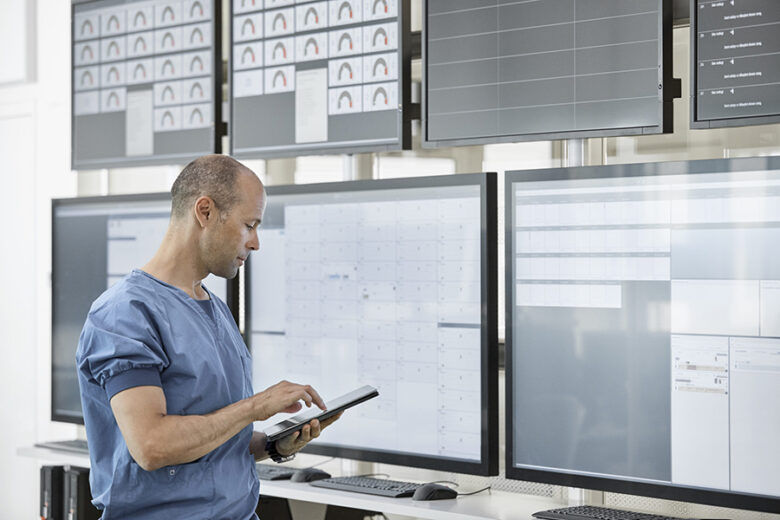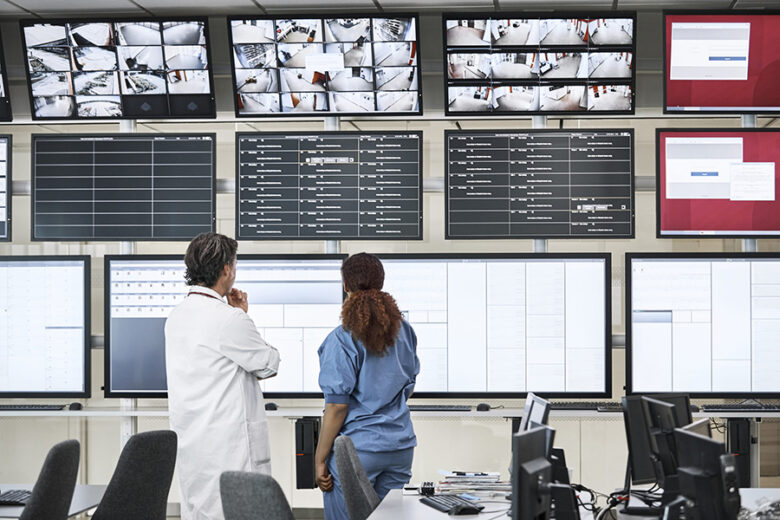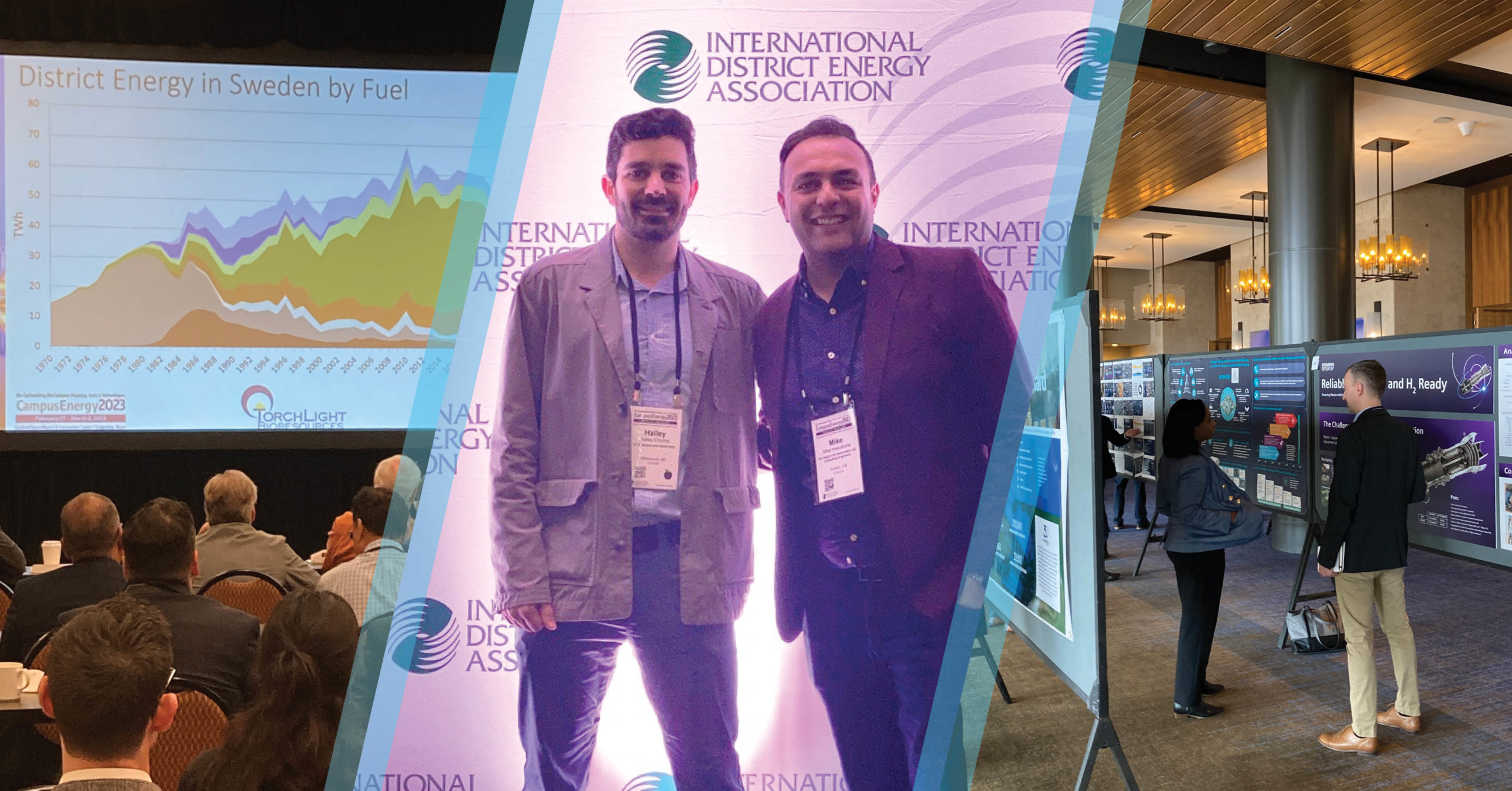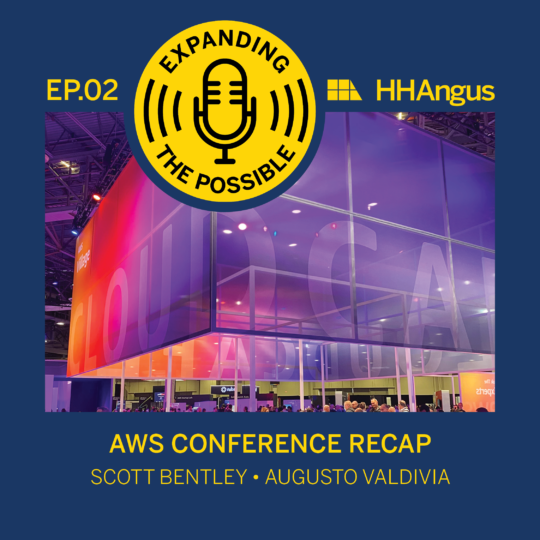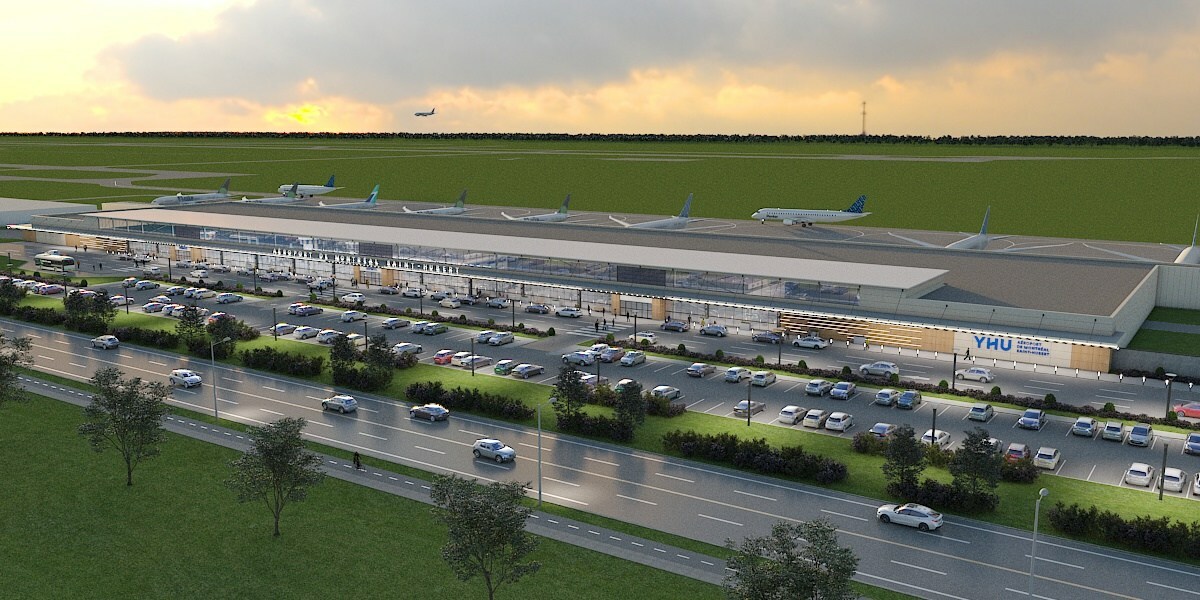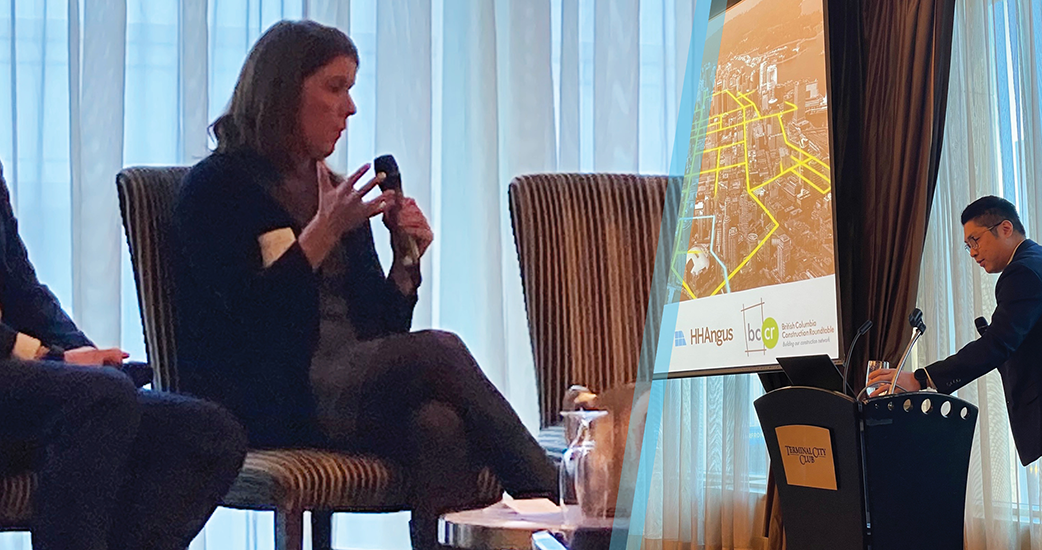
Recently, the British Columbia Construction Roundtable hosted the ‘Electrify BC Roundtable’ in Vancouver. The event focused on the role of electrification in decarbonizing the built environment, as well as the electrification of buildings and energy infrastructure. Attendees were treated to informative presentations from Creative Energy, BC Hydro and the City of Vancouver. HH Angus co-sponsored the event with Creative Energy. What follows are a few key takeaways from the Roundtable, courtesy of our low carbon energy specialists who attended the event.
The Zero carbon step code takes effect in BC on May 1, 2023. Four new GHG emission levels are being introduced, similar to the BC Energy Step Code. The intent is to reduce the consumption of natural gas used by buildings by moving towards electrification.
Electrification of buildings and energy infrastructure is gaining momentum fast. BC Hydro is making significant investments in distribution infrastructure and working with the province and municipalities on policies to incentivize moving away from fossil fuel energy sources to low or zero-carbon sources.
Good progress is being made in the decarbonization of new construction, and policies are coming from the City of Vancouver to address decarbonization of existing buildings.
The roundtable was a great opportunity to get a big-picture sense of the industry and how various stakeholders are looking at decarbonization. It’s obvious that a lot is happening in both the public and private sectors. One of the concerns facing developers is the cost and availability of power.
The Roundtable’s main focus was on electrification of buildings, and the challenges in scaling up distribution:
- Capacity is there at the system level but distribution at the local level, particularly in high growth areas, requires more focus and development
- Funding schemes are being reconsidered to help reduce the burden on developments while still protecting ratepayers
- Current generating capacity can accommodate growth until 2030
- Some numbers with the BCH electrification plan – 3100 GWh added, 930000 tons of CO2 reduced, 1.6% rate reductions
- BC Hydro is introducing a voluntary time of day tariff to incentivize reduction in peak loads
- A lot of natural gas is still in use – approximately half of residential buildings and two-thirds of family homes are heated with natural gas
Creative Energy provided insights on their various projects, including reporting a reduction in carbon by ~40,000 tons of CO2 per year once electrification project is complete. Other Creative Energy projects include waste heat recovery, ocean heat exchange, geo-exchange and, for downtown, they are looking at high-lift heat pumps and steam-to-hot water heat exchangers
The City of Vancouver has the most aggressive targets and is implementing not just the ZEPB (Zero Emissions Plan for Buildings). One of its priorities is to focus on reducing the building loads (i.e. conservation) and finding cleaner energy sources, not just electricity but other district energy solutions (sewage heat recovery, Burnaby incinerator heat recovery for River District). The monitoring of emissions and energy consumption of existing buildings will become mandatory in the city via the Energy Star Portfolio Manager tool for tracking. It will target existing multi-family residential buildings after 2024, and existing commercial buildings larger than 1000 ft2 after 2026.
For more information on HH Angus’ low carbon and net zero carbon solutions, please contact lowcarbon@hhangus.com.
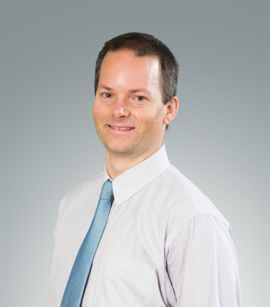
Ian McRobie
P.Eng., CEM, EGBC, LEED AP BD+C

Halley O’Byrne
P.Eng., LEED AP


